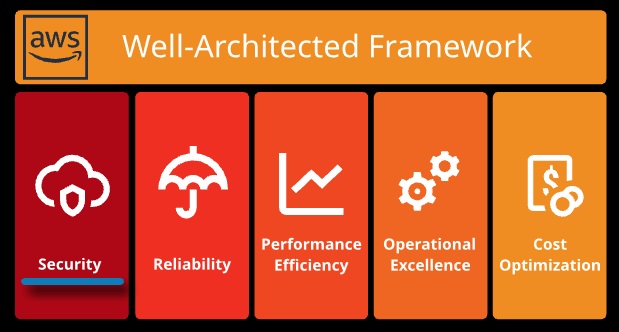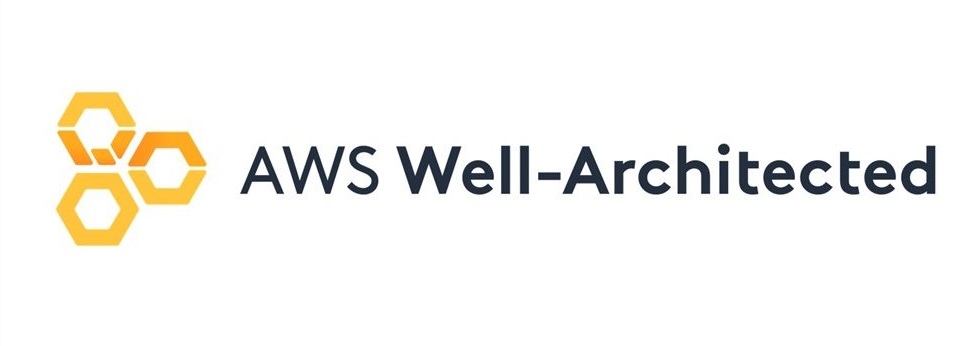
Security pillar includes the ability to protect information, systems, and assets while delivering business value through risk assessments and mitigation strategies.
Design Principles
- Implement a strong identity foundation.
- Enable traceability.
- Apply security at all layers.
- Automate security best practices.
- Protect data in transit and at rest.
- Prepare for security events.
Reliability pillar includes the ability of a system to recover from infrastructure or service disruptions, dynamically acquire computing resources to meet demand, and mitigate disruptions, such as misconfigurations or transient network issues.
Design Principles
- Test recovery procedures.
- Automatically recover from failure.
- Scale horizontally to increase aggregate system availability.
- Stop guessing capacity.
- Manage change in automation.
Performance efficiency pillar includes the ability to use computing resources efficiently to meet system requirements and to maintain that efficiency as demand changes and technologies evolve.
Design Principles
- Democratize advanced technologies.
- Go global in minutes.
- Use serverless architectures.
- Experiment more often.
- Mechanical sympathy.
Operational excellence pillar includes the ability to run and monitor systems to deliver business value and to continually improve supporting processes and procedures.
Design Principles
- Perform operations as code.
- Annotate documentation.
- Make frequent, small, reversible changes.
- Refine operations procedures frequently.
- Anticipate failure.
- Learn from all operational failures.
Cost optimization pillar includes the ability to avoid or eliminate unneeded cost or suboptimal resources.
Design Principles
- Adopt a consumption model.
- Measure overall efficiency.
- Stop spending money on data center operations.
- Analyze and attribute expenditure.
- Use managed services to reduce cost of ownership.


